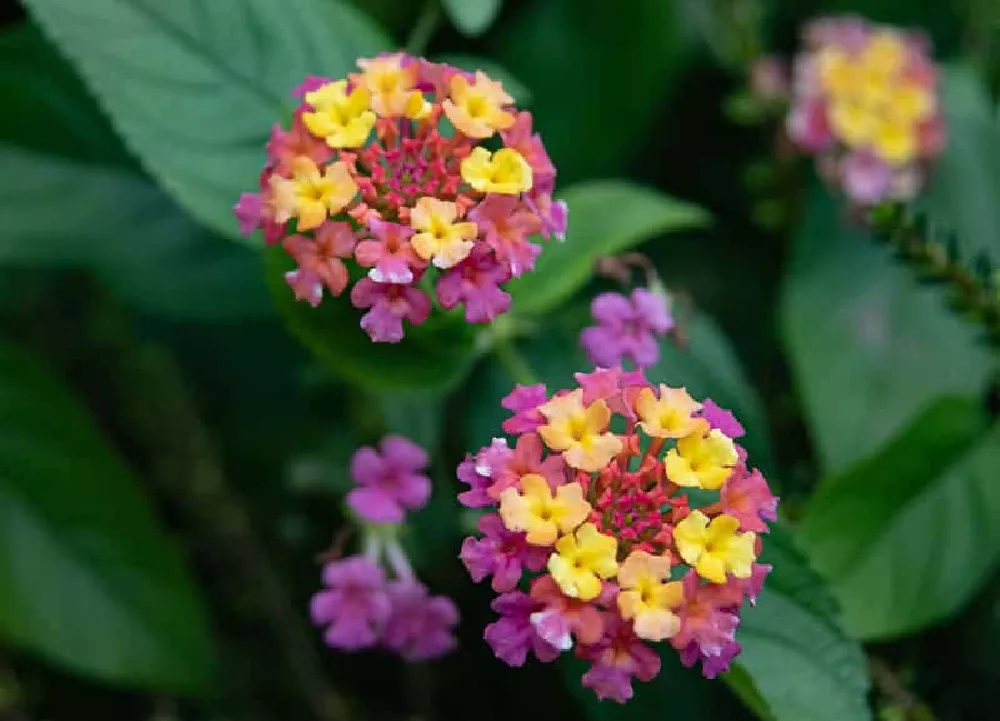- Home >
- Ornamental Plants >
- Lantana
Lantana for Sale - Buying & Growing Guide
GrowJoy - 2.5-Inch Pot - Bandana® Cherry Lantana Plant
GrowJoy - 2.5-Inch Pot - Bandana® Cherry Sunrise Lantana Plant
GrowJoy - 2.5-Inch Pot - Bandana® Orange Lantana Plant
Enter your zip code to find nearby stores that may carry this plant.
Lantanas are a large group of flowering plants in the verbena family, with small but lovely flowers that bloom profusely throughout summer. Find out why these perennials are so beloved by shopping our lantana plants.
How to Plant Lantana
Although lantanas are a great choice for outdoor planting if you live in the warmer South, many of the smaller varieties are excellent choices for containers. With their spectacular, summer-long blooms, they can easily serve the function of a “thriller” in a container display.
Since there are so many types of lantana, it pays to read the plant description before you buy. A lantana that grows to five feet, for example, is best planted in a sunny spot outside. Lantanas are usually deer- and rabbit-resistant, though their berries and flowers are greatly loved by pollinators from honeybees to hummingbirds. Most lantana are drought-resistant, making them an easy care choice wherever you live.
How to Grow Lantana
- When. Plant lantanas in spring, after all the threat of frost is past.
- Where. Although most lantanas will tolerate partial shade, they prefer full sun, and are best planted in a spot that gets good light for most of the day, with well-draining soil that is slightly acidic.
- How. Whether you’re planting in a container or your garden, unpot your lantana and tease out any encircling roots. Dig a hole that’s as deep as the root ball and twice as wide. Place the lantana in the hole at the same depth as it was in the pot. Fill the hole around the plant with soil that has been enriched with well-rotted manure or compost. Tamp down soil and water thoroughly.
How to Care for Lantana
- Watering and nutrients. Water newly-planted lantanas daily for a week or so until they are established. After this, give them a good drink once a week unless you receive an inch of rain. Fertilize with a slow-release, all-purpose fertilizer throughout the growing season as directions indicate.
- Pruning. Remove dead leaves as you see them, and deadhead the flowers to encourage reblooming. If your plant is overgrown, cut it back by one-third. Some gardeners cut their plants back completely every spring to allow for new growth.
- Pollination. A wide range of flying insects and birds help pollinate lantanas. Pollinated plants will form small berries in the fall, which are poisonous to humans, but appreciated by birds.










